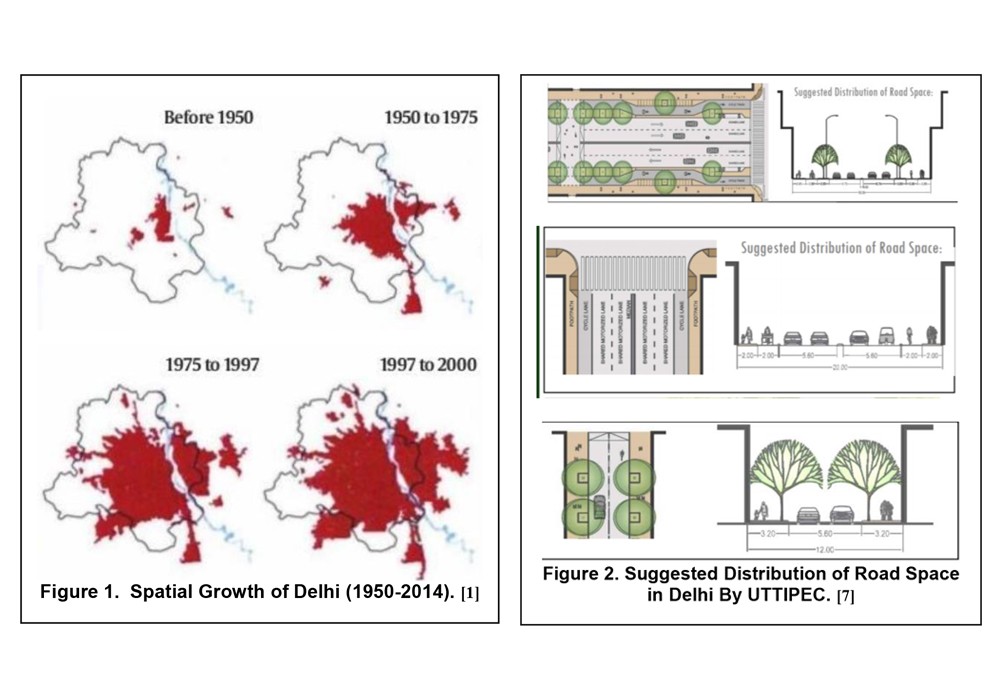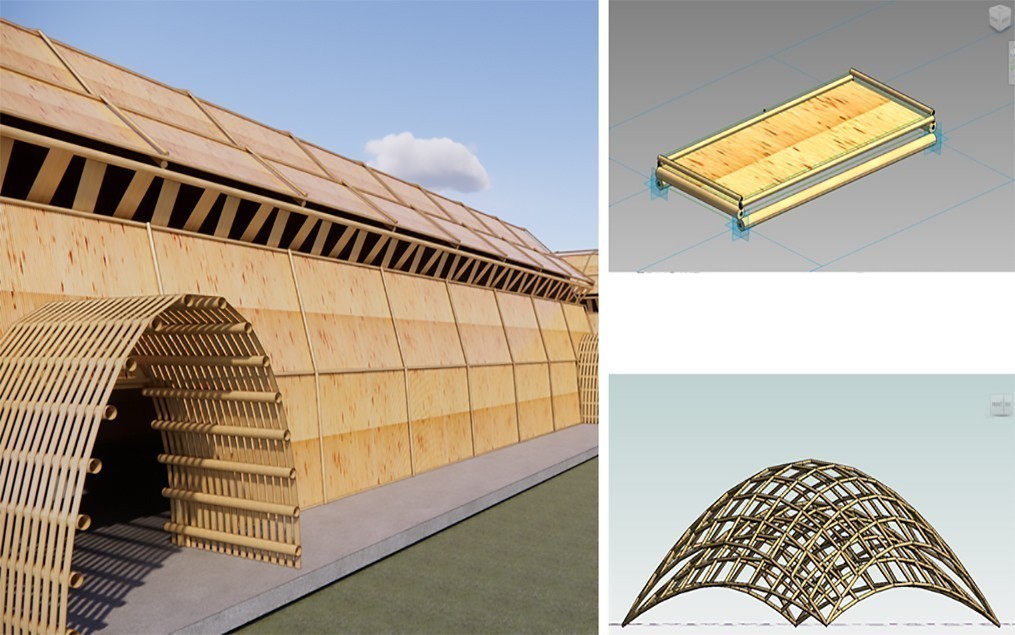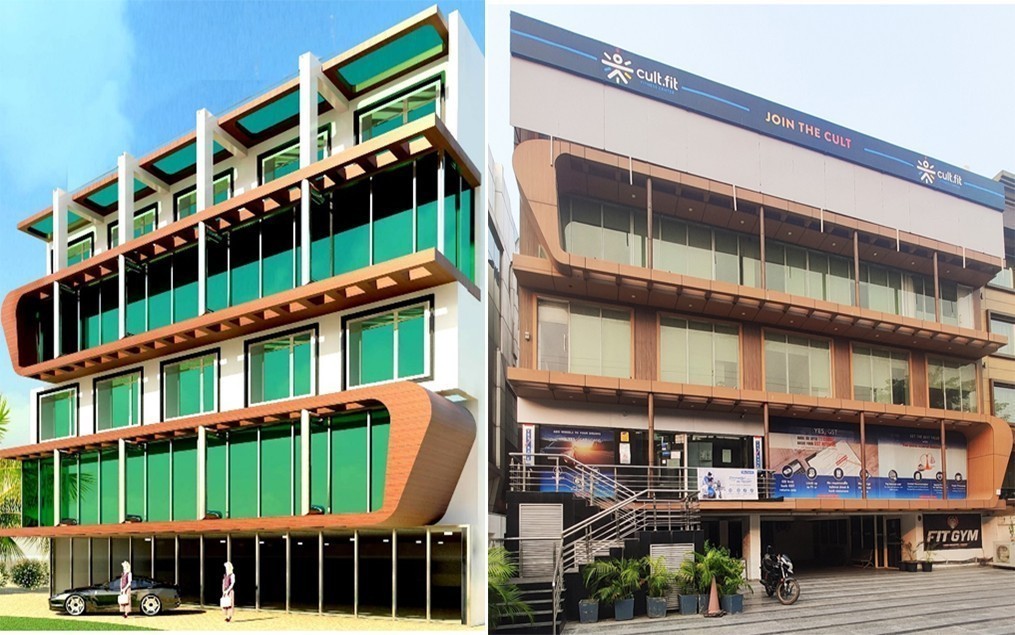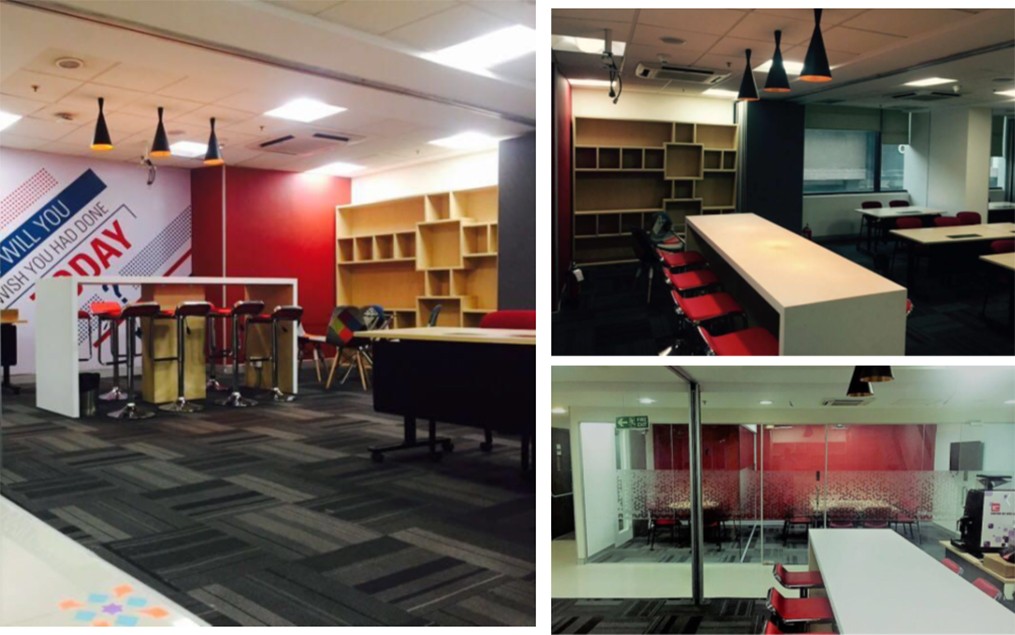
Decoding Advanced Streetscapes: Case Study of Delhi
Abstract
Streets or Right of Ways, cover almost 25% of city area as per Master Plan of Delhi. Yet most of the master plans, development regulations give much more importance to zoning and built mass than streets. Streets are merely understood as connecting corridors and not primary spaces. For something that covers more than 1/4th of city area, not giving an in-depth focus to them in city development plans is a big miss. Daily human activities such as sleeping, working at office, recreation is given importance, but time spent in commuting is usually neglected. Negative experiences while commuting on streets contribute to an overall decline in inclination of commuter to achieve desired goals. As per research conducted by ford sponsored agency, commuting is considered more stressful than most activities such as planning holidays, being at work, moving a house, dealing with money matters etc. With changing technology, requirements of streets and commuters is also visibly changing. To design & foresee streets of future, it is important to identify and integrate both physical & social dimensions of street. Delhi like any other city has a hierarchical network of streets ranging from neighborhood pathways to national highways. Delhi is a city of contrasts that on one hand was home to several settlements of bygone eras that are still being actively used, along with new developments with varied shades of street patterns. Paper aims to understand the physical and social dimensions of street by exploring various street sections of Delhi from a commuting experience perspective. It also tries to evaluate certain design considerations that can help in achieving better street spaces. Paper also tries to analyze the street strategies that are applicable with changing technological advances with respect to Delhi
1. Delhi’s Growth as a City
Cities today are constantly escalating in terms of number and size. As India is moving on the path of rapid and massive urbanization, urban centers are also growing at a faster pace. Census 2011, positioned level of urbanization at 31.1% with number of urban residents at 377 million spread over more than 7500 urban settlements. The spatial growth of Delhi indicates tremendous rise in settlements. While the total population growth from 2001 to 2011 is 21%, urban population is 27% indicating that Delhi has been urbanizing faster than its growth in past decades. Although, master plans are made for proper functioning of cities, but very little attention is paid to street design, which is the basic unit of cities and urbans capes. It is important to address the design, street environment and street network holistically with a design led approach as applied successfully in UK & Europe.
2. Present Day Delhi
Delhi as a city has various shades of settlement to it. On one hand, there are villages with urban characteristics, on the other, there are areas that are at par with internationally recognized settlements. Delhi has streets with calm and composed organizations, as existing in Delhi Cantonment on one hand. It also has chaotic but experiential streets of Shahjahanabad within itself. Then, there are recently planned developments of Dwarka streets designed to give priority to vehicular movement which have been taken to another level in execution of arterial roads where human scale seems to lose all its essence. This same Delhi holds within itself streets in Hauz Khas that have come up as one of the lively stretch meant for pedestrian movement & interaction.
3. Future of Delhi Streets
To design & foresee streets of future, it is important to identify and integrate both physical & social dimensions of street. Physical dimensions include transit usage, mobility traffic scale on one hand and social dimension include accessibility, focus of people, street life and social networking on the other. A well-designed street is able to link physical, social and transport networks which result in workable alternatives. The sustainable approach thus looks for greater integration treating streets as places managed well in context of travel, time and calmed traffic. To attain a more local and integrated street design, it is essential to promote higher level of permeability and legibility for all users. For achieving an overall balanced approach, all elements of design need to be worked out in coordination with each other. These elements include contextually responsive spaces, efficient utilities, safe and efficient movement corridors, climatically responsive designs, multi nodal connectivity, traffic management to name a few.



